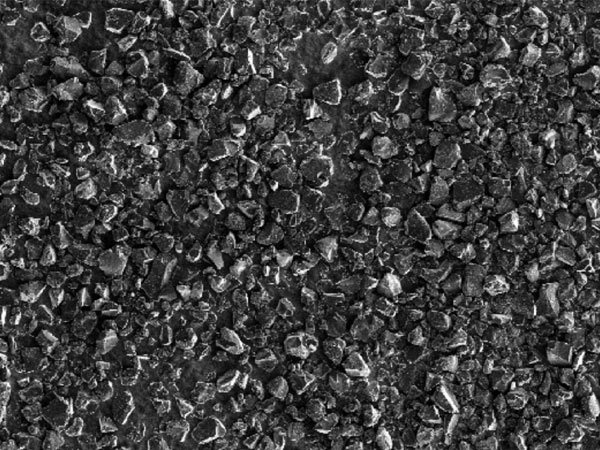PRODUCTS
Hard Carbon Anode Material
Hard Carbon Anode Material
Introduction
Hard carbon is a hard carbon anode material with dual characteristics of biomass and resin. It uses unique biomass refining technology and advanced preparation processes to obtain bio-based resin precursors, and then prepares hard carbon suitable for lithium-ion batteries and sodium-ion batteries. Carbon anode material. Product features: Wide source of precursors, high consistency, in line with the concept of carbon neutrality; High compaction density; High performance; Black powder, uniform color, no agglomerations and no impurities.

Specification
| Index | Unit | SQNHC-001 | SQNHC-002 | SQNHC-003 |
| Average Particle Size Dv50 | Um | 4-7 | 4-7 | 4-7 |
| Specific Surface Area SSA | M2/g | ≤5 | ≤5 | ≤5 |
| Ash | % | ≤0.5 | ≤0.3 | ≤0.1 |
| Vibration Density | G/cm3 | 0.93±0.2 | 0.93±0.2 | 0.93±0.2 |
| Compacted Density | G/cm3 | 1.05±0.05 | 1.05±0.05 | 1.05±0.05 |
| Specific Volume (Above 0V) | MAh/g | 290±5 | 320±5 | 350±5 |
| First Coulombic Efficiency | % | ≥91 | ≥92 | ≥92 |

| Testing Items | Unit | Model | Batch | Test Results | ||||
| Dv(10) | Dv(50) | Dv(90) | Dv(100) | |||||
| Granularity | μm | SQ-NHC001 | N23202008A-1 | 3.637.01 | 7.01 | 12.1 | 18.7 | |

Features
High consistency of the precursor: using biomass as raw material, using unique refining technology and resinization process, a hard carbon precursor with dual characteristics of biomass and resin is obtained;
High compacted density: 5-10% higher than conventional biomass hard carbon;
High cost performance: the precursor has a high carbon yield (above 40%);
There is a lot of room for performance improvement: the precursor can be molecularly designed and modified.
Half Cell Test Recommendations
Slurry ratio: 96 (hard carbon): 1.5 (CMC): 1.5 (SBR): 1 (SP);
Mixing process: 300rpm-10min; 400rpm-20min; 600rpm-30min;
Drying: 90℃ 30-40min;
Surface loading capacity: 12mm diameter disc, about 3-3.5mg of active substance;
Electrolyte: 1.5M NaPF6 in EC/DEC/EMC=1/2/2(V);
Diaphragm: fiberglass (GF/A);
Charging and discharging: leave the battery for 8 hours;
Discharge CC (30mA/g, constant current discharge to 0V at about 0.1C) - CV (0V - constant voltage discharge to 0.01mA), let stand for 10 minutes;
Charging CC (30mA/g about 0.1C - constant current charging to 1.5V/2.5V).
Your Contact Information

CONTACT US
Tel:+8613969029659
Email:stefanie@shengquan.com
WhatsApp:+8613969029659
Add.:Shengquan Industrial Park, Zhangqiu District,Jinan City, Shandong Province, China
Copyright : Jinan Shengquan Group Share-Holding Co., Ltd. Powered by : 300.cn jinan2 Seo Business License
